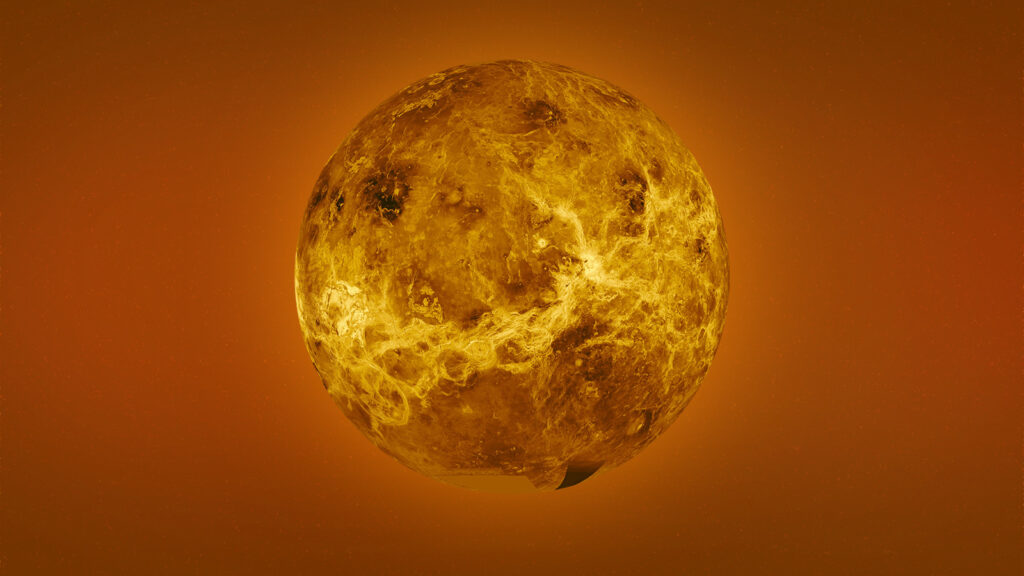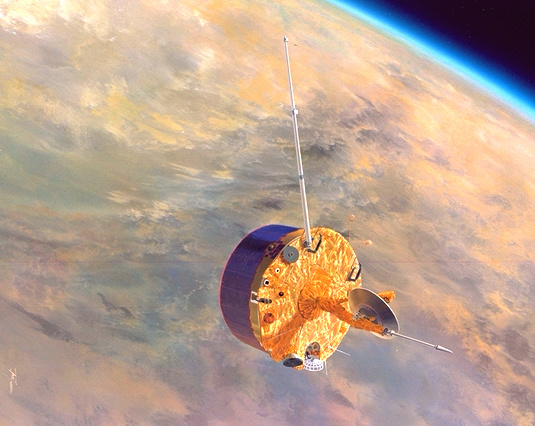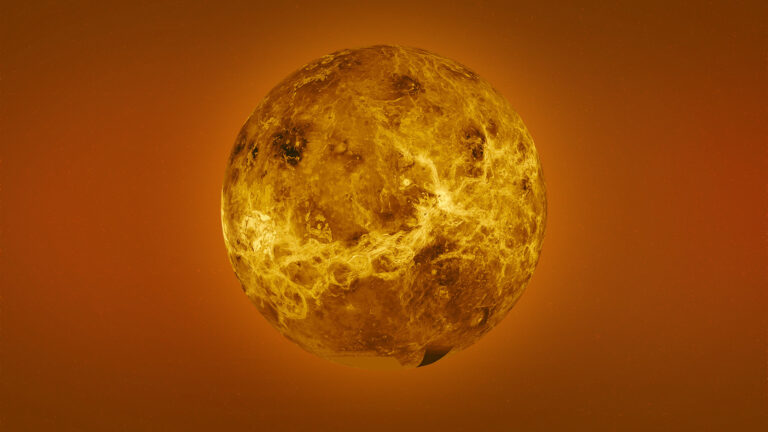MIT Scientists Suggest Venus’ Clouds Could Host ‘Aerial’ Lifeforms
Scientists have detected within the Venusian atmosphere a chemical known to be a byproduct of life.

Venus
A group of researchers has confirmed that there is phosphine in Venus’ atmosphere and it is concentrated in the clouds. Computer simulations from the output of the detected levels of phosphine could in no way be explained by any sort of inorganic processes. This isn’t the actual evidence of extraterrestrial life form, but it does show that Venus cannot be ruled out from the ongoing search of life forms in other planets.
Clouds of Venus, according to researchers of the Massachusetts Institute of Technology could be the next indicators of life.
Venus has often been overlooked in the hunt for alien life due to its extreme conditions: It has surface temperatures that are hotter than 800 degrees Fahrenheit, an atmosphere that is ninety times denser than Earth’s and rains sulfuric acid. These treatment laden factors have made many look towards Mars or moons like Europa and Enceladus. But it is or was Venus maybe where one has to look all the time since this neighbour of Earth actually is the closest one.
A new paper published in Nature Astronomy shows that the Venusian atmosphere seems to contain significant amounts of phosphine, a chemical that’s known to be a byproduct of life.

It’s not concrete evidence of life, phosphine (PH3) can be created through other means such as by the effects of sunlight, volcanic sites, surface feature mineral content, and lightning.
Hada et al. synthesised these and other potential sources, using computer models in an attempt at ascertaining if they could explain the phosphine levels presently measured on Venus. The models were able to synthesize only a very small amounts of the gas, which is significantly less than what has been recorded by numerous observatories in the clouds of the giant gaseous planet.
Of this phosphine, scientists remain unknown yet how it got to Venus, thus creating space for the possibility of alien existence.
“Technically, biomolecules have been previously detected in the Venusian atmosphere; however, those biomolecules are associated with numerous entities aside from life,” said Sousa-Silva to MIT News. “It is so special for phosphine as, on the rocky planets, it is nearly impossible to synthesize phosphine without life, however, now we found phosphine here because Earth is full of life. Until now.
This make one supposes that if the life is producing it then it must be anaerobic life form which does not depend on oxygen. Interestingly, these lifeforms would most certainly be ‘flying’ aliens confined to live in the minute and sustainable layer of the Venusian atmosphere at the bottom of the crushing and scalding environment.
How could such lifeforms have gotten to be there? Clara Sousa-Silva offered an explanation:Clara Sousa-Silva offered an explanation:
“Indeed Venus may have once had oceans and could have supported life as well as Earth at some distant point in time she said to MIT news. ” “More specifically, this adapts when Venus gets increasingly unfriendly; life may only subsist in this thin atmospheric layer, where conditions are still suitable; this indicates that planets near or beyond the habitable margin could also sustain a microclimatically local, aerial habitable zone. ”
The researchers stressed that the discovery of phosphine does not necessarily mean life and speaks only of ‘extraordinary and inexplicable chemistry. ’ Currently, the researchers hope that next observations will be given by a probe mission to Venus, which would be the first since Pioneer Venus 2 mission launched in 1978 for studying the atmosphere of Venus.
Do not forget to share your opinion with us to provide you with the best posts !




0 Comments